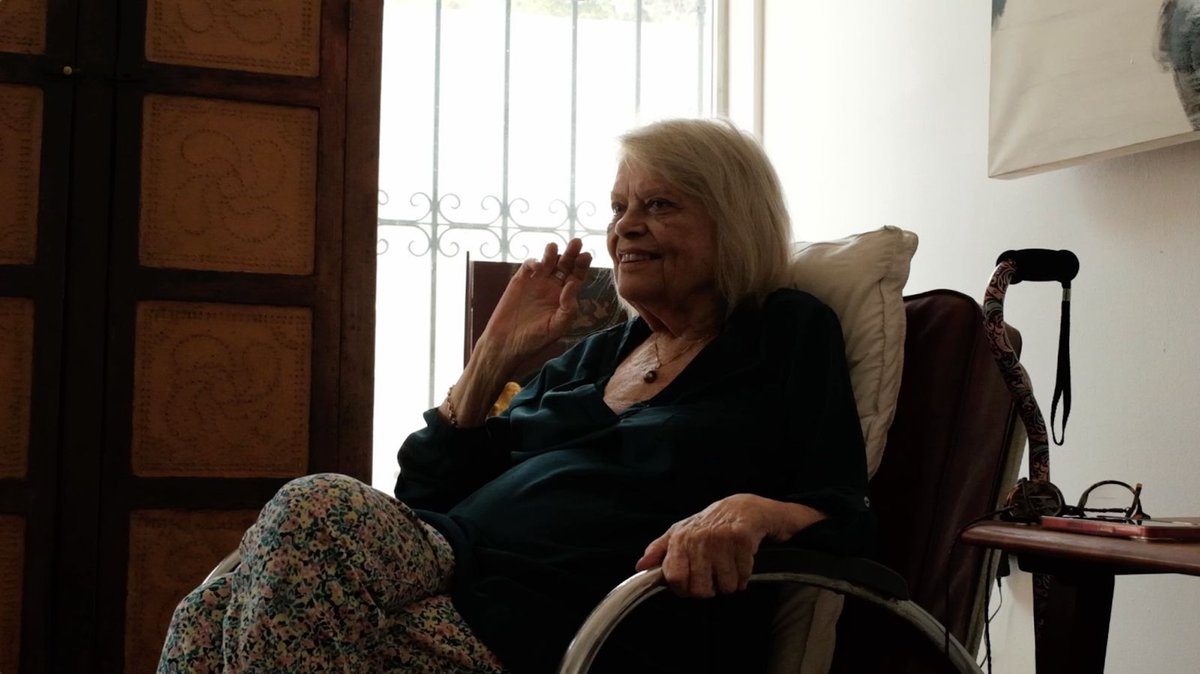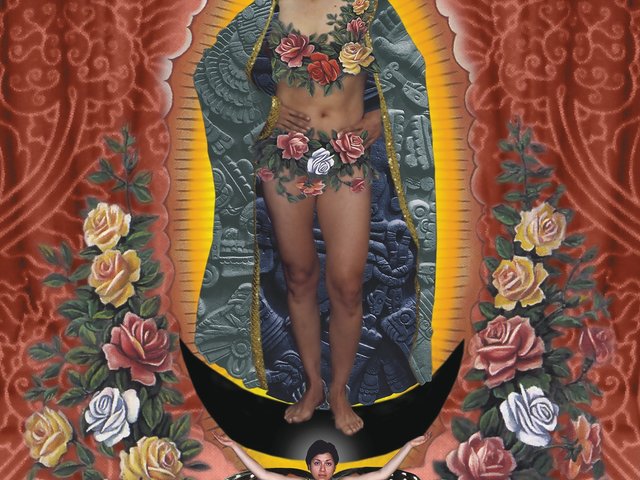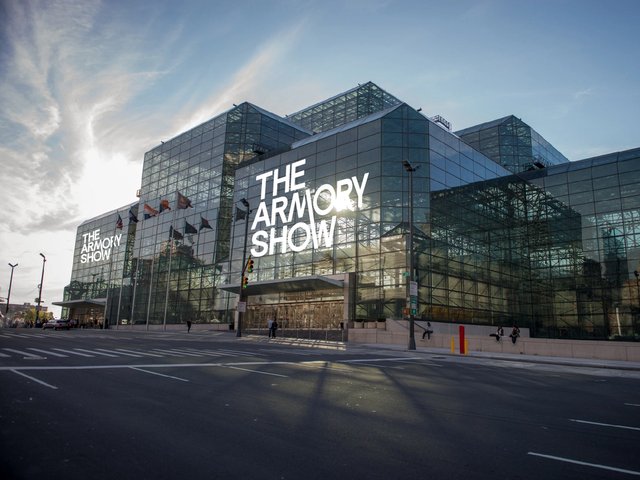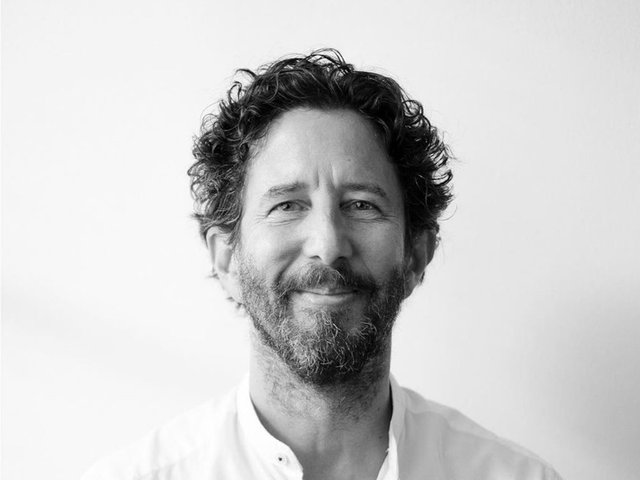Carla Stellweg, a gallerist and curator of Latin American art, has died at age 83 in Cuernavaca, Mexico. Stellweg was a pivotal figure in the Latin American art world, working mainly between Mexico City and New York. The founder and editor-in-chief of the bilingual art magazine Artes Visuales, she went on to become an early promoter of Latin American artists including Liliana Porter, Ana Mendieta and Luis Camnitzer through her New York galleries Stellweg–Seguy Gallery and Carla Stellweg Latin American & Contemporary Art. She had been member of the faculty at School of Visual Arts (SVA) in New York since 2005, and published an anthology of her criticism, Ser y devenir: cruzando fronteras y otras barreras (Being and Becoming: Crossing Borders and Other Barriers), only a month before her death. She is survived by her son, George Stellweg.
Born in 1942 in Bandung, Indonesia, Stellweg spent her early years in Japanese detention camps in Java with her mother, Toke de Longh, and older sister, Carin, before being reunited with her father Carl Stellweg at the end of the Second World War’s Pacific Theatre. She spent her later childhood years in Sumatra, Singapore and the Netherlands. In 1958, her father’s work as an agronomist for the United Nations’ Food and Agriculture Organization brought the family to in Mexico.
“That process of dislocation helped Carla understand herself beyond concepts of geography or nationality,” says Pablo León de la Barra, the curator of Latin American art at the Solomon R. Guggenheim Museum in New York, a close friend and mentee.
After a stint as a UN tour guide in New York, Stellweg reunited with her family in Mexico in 1960, where her quick-wittedness and language skills (spanning Spanish, English, Dutch, French, Malay, Japanese and German) earned her a job with Fernando Gamboa, then the leading figure in Mexico’s cultural establishment. While assisting Gamboa with Mexican cultural diplomacy projects around the world—among them the 1968 Venice Biennial and the Expo ‘70 world’s fair in Osaka—Stellweg began to form her own connections with the Latin American avant-garde in New York, where many artists had fled political repression across the region.
By the time Gamboa was made director of Mexico’s Museo de Arte Moderno in 1972, Stellweg’s New York connections ran deep. Gamboa invited her to form a Latin American art collection in Mexico, but after beginning work on the project, she suggested a publication instead. In 1973, with Stellweg as editor-in-chief, the museum launched Artes Visuales, a sleekly designed bilingual quarterly recognised today as a decisive platform for discussions on Latin American art and published from 1973 to 1981. Its lasting influence in constructing an international Latin American art community is the subject of a new exhibition at Hunter College in New York (until 13 December). Artes Visuales published the leading Latin American critics of the day—including Juan Acha, Alaíde Foppa amd Nestor García Canclini—and often included essays by Stellweg herself.
“Carla was always very aware of her agency as an author, so it was important to gather her thinking,” says Edgar Alejandro Hernández, the editor of Being and becoming, which includes many of her early critical texts for the Mexican daily Excelsior. “Her viewpoint was very defiant. She wasn’t just writing about contemporary art and Modern art. She wrote about photography, about rituals of death in Mexican art. Very early on, she also wrote about women and feminism, and about identity.”
After Artes Visuales was censored and closed in 1981, Stellweg moved to New York definitively—with a short stint in San Antonio, Texas, in the late 1990s, to serve as the executive director and chief curator of the Contemporary at Blue Star art centre. Her third-floor loft on East Houston Street in Manhattan—from which she ran her galleries—became an important meeting point in the city’s art scene.
“It was off the beaten path, on the fringes of Soho. You had to know about it to go there, but somehow it was the centre of the Latin American contemporary art world. One day I was working there on my own and Diane von Furstenberg walked in and bought a painting by Uruguayan artist Carlos Capelán,” says Anna Indych-López, who served as Stellweg’s assistant in the early 1990s. “[She] was this important linchpin between multiple networks and several art worlds because she was very much rooted in New York… yet also very much rooted in Mexico and Latin America.”
Colleagues across the art world concur. Beverly Adams, the curator of Latin American art at the Museum of Modern Art (MoMA) in New York, calls Stellweg “instrumental for growing and making an important space for the field of Latin American and Latinx art”. In 2015, Stellweg placed a portion of her archive at MoMA, while the bulk is held by Stanford University’s Special Collections.
After the Covid-19 pandemic, Stellweg returned to Mexico, to the city of Cuernavaca, where she spent her last years among family, friends and colleagues. “She really made those last years count,” says Andrea Valencia, a curator who is working on a documentary about Stellweg with the film-maker Anamar Núñez Larios. “She actually recently connected a local artist with a Mexico City gallery. She never stopped writing, making connections or becoming interested in what was happening in the arts.”





